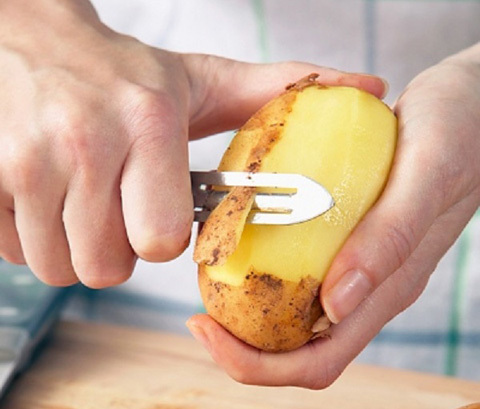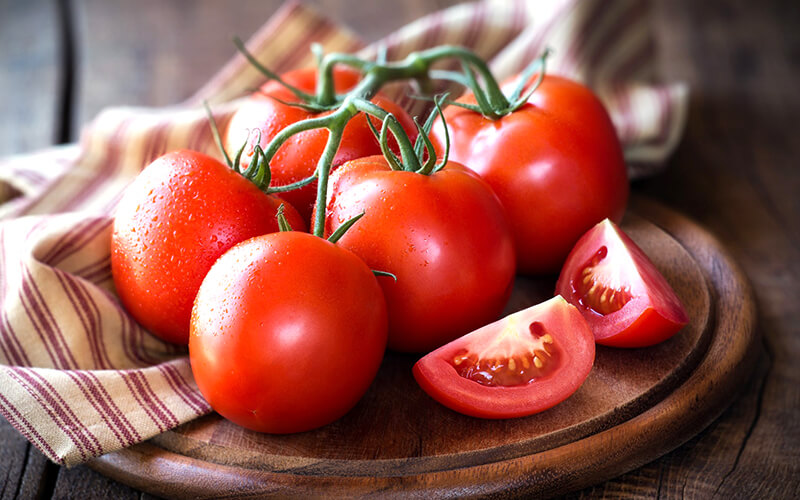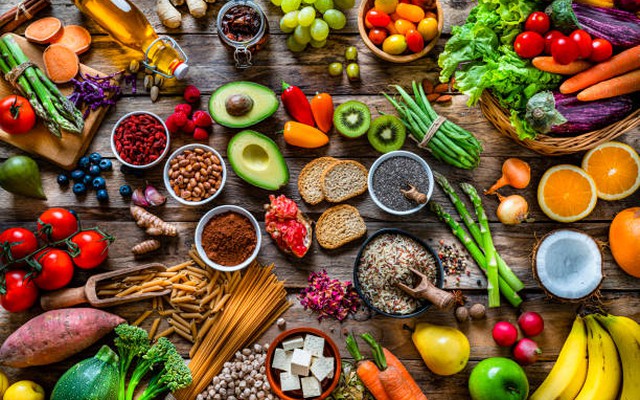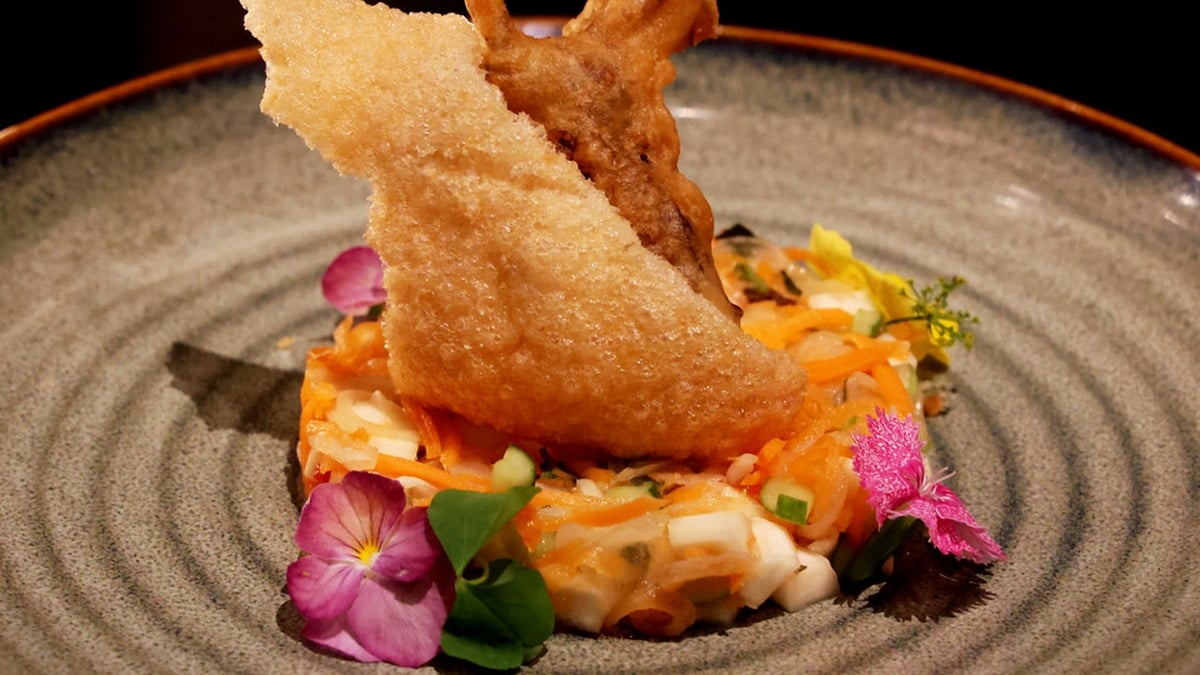Potato peel
Many people when preparing potatoes in baked, steamed, boiled dishes often have the habit of leaving the potato skin on. But this can be harmful to health in the long run.
Potato peels contain glycoalkaloids, a substance that, when eaten, gradually accumulates in the body and becomes toxic at a certain level.

Because it does not cause immediate poisoning and has no obvious symptoms, many people still think that eating potato peels is not a problem.
When poisoned, the patient will have pale skin, pale, poor health.
Potatoes that have sprouted or have green skin are even more dangerous. At that time, the toxins produced in the potatoes are even higher. If you see this phenomenon, you should absolutely not eat both the flesh and the skin.
Tomato
When green, tannic acid is mainly concentrated in the tomato pulp, however, when ripe, this acid is mainly concentrated in the skin.
After entering the body, tannic acid reacts strongly with protein in other foods to form precipitates, causing symptoms such as: abdominal pain, bloating, and decreased appetite.

Furthermore, tomato skin is indigestible, so the entire tomato skin should be removed before cooking.
Sweet potato peel
Sweet potato is a tuber related to potatoes and its skin is also harmful to health. Sweet potato skin is harmful to the liver because it contains a lot of alkaline, eating a lot will cause discomfort to the digestive tract.
In particular, if the potato skin has brown or dark brown spots, it means that the potato has been invaded by black spot bacteria. They produce saponone and saponol toxins that damage the liver and cause poisoning.
Yam peel
Yams are a root vegetable that should be peeled before cooking. Similar to sweet potatoes, yam skin can easily lead to indigestion and diarrhea.
Teacher's root
The skin of the tuber contains many small microorganisms that are harmful to the digestive organs.
In addition, the shell of the tuber can contain parasites, so it is necessary to wash it with boiled water to avoid microorganisms and parasites remaining on the shell before peeling, to avoid microbial contamination of the tuber's inside.

Persimmon peel
Ripe, plump, red persimmons are a favorite fruit of many people.
The characteristic of this fruit is that when ripe it is very soft, peeling it is difficult. Peel it before eating, because the persimmon peel can cause stomach pain.
When the persimmon is young, tannic acid is concentrated in the flesh. But as the fruit ripens, this substance shifts to concentrate in the peel.
When tannic acid enters the stomach, it creates chemicals that combine with proteins in food, creating large and small lumps, called persimmon stones, in the stomach, leading to many dangerous health problems.
Ginkgo biloba bark
Ginkgo biloba bark contains toxic substances such as ginkgo acid, hydrogenated ginkgo acid, hydrogenated ginkgo acid and ginkgo alcohol.
Once in the human body, these substances will damage the central nervous system and easily cause poisoning.
Therefore, when preparing this fruit, you should only use the flesh and remove the skin.

Pear peel
The nutritional composition of pears contains many nutrients, vitamins, and antioxidants that are good for human health.
However, when eating pears, you should not eat the skin. The reason is that the pear skin contains a lot of fiber, which is difficult for your stomach to digest. If you eat a lot, it can cause indigestion, kidney stones, etc.
Source





![[Video] More than 100 universities announce tuition fees for the 2025–2026 academic year](https://vphoto.vietnam.vn/thumb/1200x675/vietnam/resource/IMAGE/2025/7/18/7eacdc721552429494cf919b3a65b42e)
























































































![[Infographic] In 2025, 47 products will achieve national OCOP](https://vphoto.vietnam.vn/thumb/402x226/vietnam/resource/IMAGE/2025/7/16/5d672398b0744db3ab920e05db8e5b7d)





Comment (0)